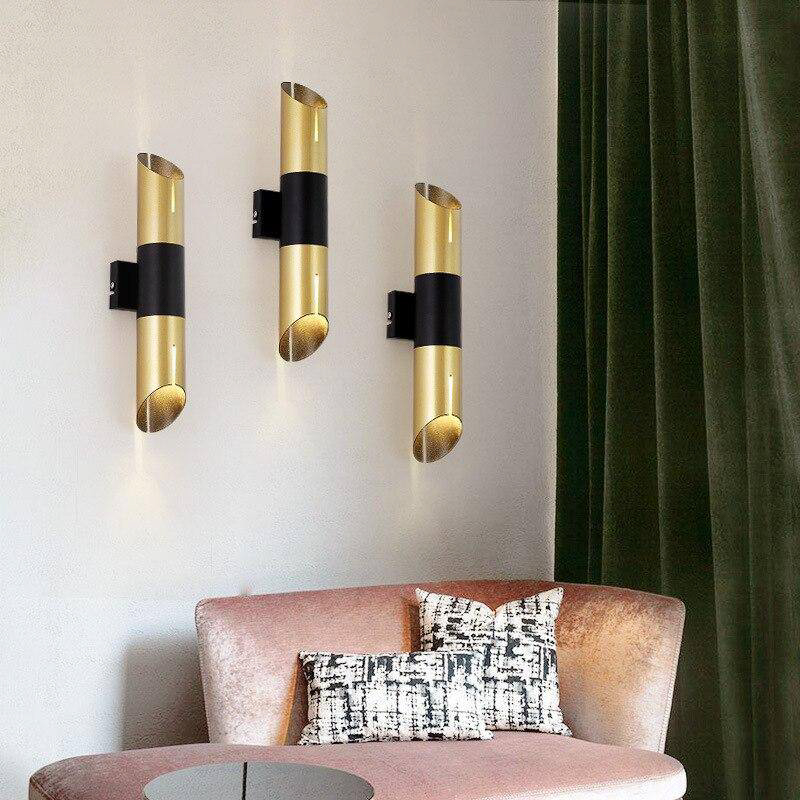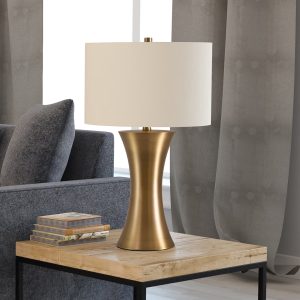
The Mesmerizing Glow of a Glass Lava Lamp
Glass lava lamps are not only aesthetically pleasing, but they also provide an element of relaxation and calmness to any room. The unique combination of light, liquid, and wax creates a mesmerizing visual display that can be used for both decorative and therapeutic purposes. In this article, we will dive into the history of glass lava lamps, how they work, their benefits, and some tips on how to use them effectively.
History of Glass Lava Lamps
Glass lava lamps were invented in the early 1960s by an English accountant named Edward Craven Walker. He was inspired by the way a homemade egg timer worked and decided to create a similar concept for a lamp. He experimented with various liquids, waxes, and bulbs until he created the perfect combination that was both functional and aesthetically pleasing.
The first lava lamps were called Astro lamps and were immediately popular in the 60s and 70s. They were often associated with the hippie movement and were seen as a symbol of counterculture. Today, glass lava lamps are still widely popular and have even been featured in various movies, TV shows, and music videos.
How They Work
Glass lava lamps work by using the principle of thermal equilibrium. Inside the lamp, there is a special liquid that is heated by a bulb underneath. The liquid becomes less dense as it heats up and rises to the top of the lamp. Once it reaches the top, it cools down and then sinks back to the bottom. The cycle then repeats, creating a continuous flow of liquid.
Inside the lamp, there is also a wax-like substance that is less dense than the liquid. As the liquid heats up, the wax melts and rises to the top with the liquid. Once it reaches the top, it cools down and solidifies, creating unique shapes and patterns. The wax then sinks back down to the bottom and the cycle repeats.
Benefits of Glass Lava Lamps
Aside from their aesthetic appeal, glass lava lamps also provide various benefits that can improve mental health and wellbeing. The calming colors and slow movements of the lamp can help reduce stress and anxiety levels. Watching the flow of the liquid and wax can also be a form of mindfulness practice, helping to increase focus and attention.
Glass lava lamps can also be used for light therapy. The soft, gentle light emitted by the lamp can help alleviate symptoms of depression and seasonal affective disorder (SAD). SAD is a type of depression that occurs during the winter months when there is less natural light available.
How to Use Glass Lava Lamps
When using glass lava lamps, there are a few things to keep in mind to ensure they are used effectively. Here are some tips:
– Place the lamp in an area where it can be seen easily, but not directly in front of bright lights that could interfere with its glow.
– Allow the lamp to warm up for at least an hour before use to ensure the liquid and wax are flowing properly.
– Do not move the lamp while it is on as this could cause the liquid and wax to mix and ruin the lamp.
– Clean the lamp regularly by wiping it with a damp cloth. Do not use harsh chemicals or abrasives as this could damage the lamp.
– Replace the bulb as needed. Most lava lamps require a specific wattage and type of bulb, so make sure to read the manufacturer’s instructions before replacing it.
Glass lava lamps are more than just decorative items. They provide various benefits that can improve mental health and wellbeing. By understanding their history and how they work, you can appreciate their unique beauty even more. If you’re looking to add a touch of relaxation to your home or office, a glass lava lamp may be just what you need.


